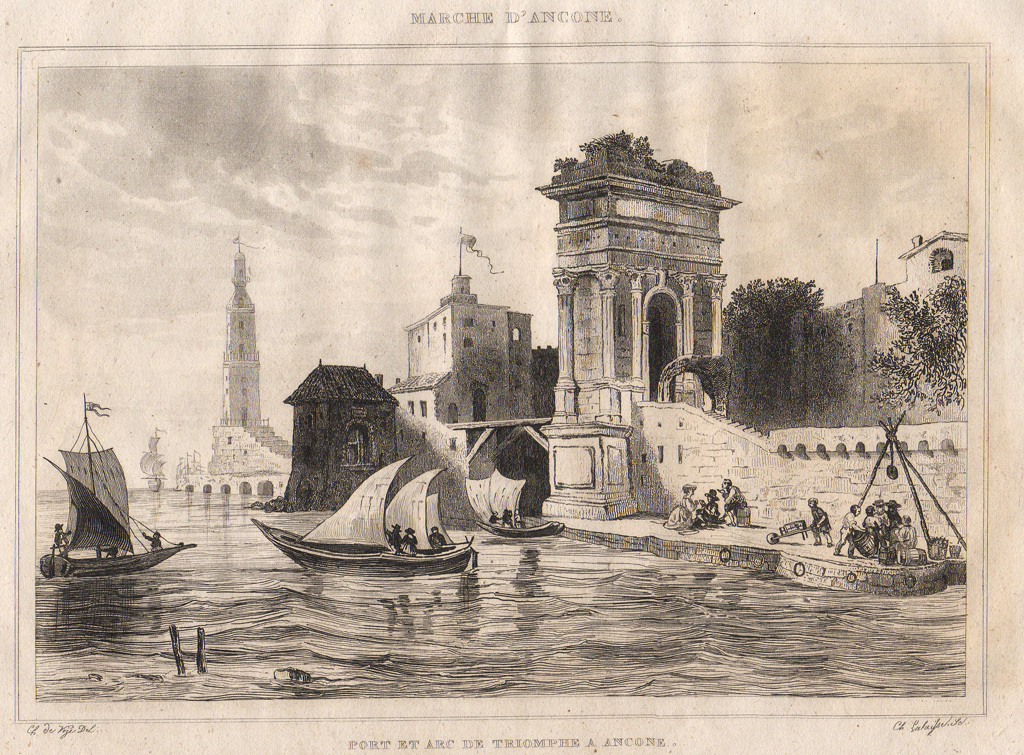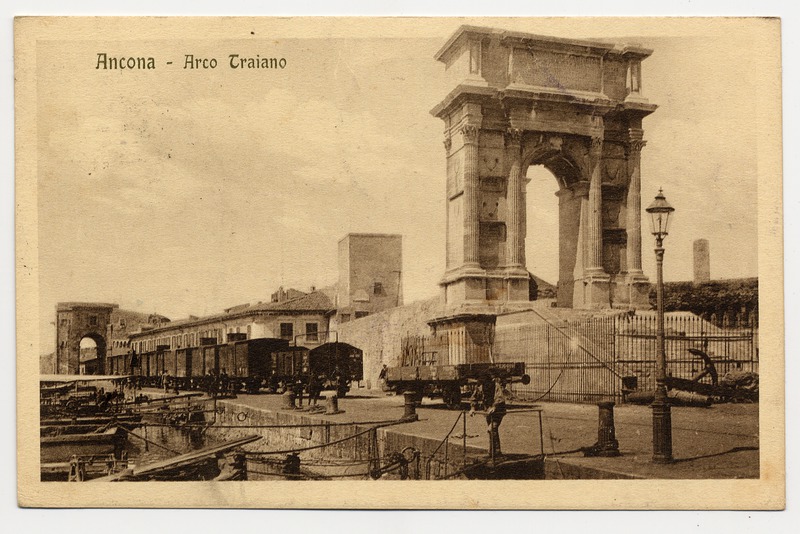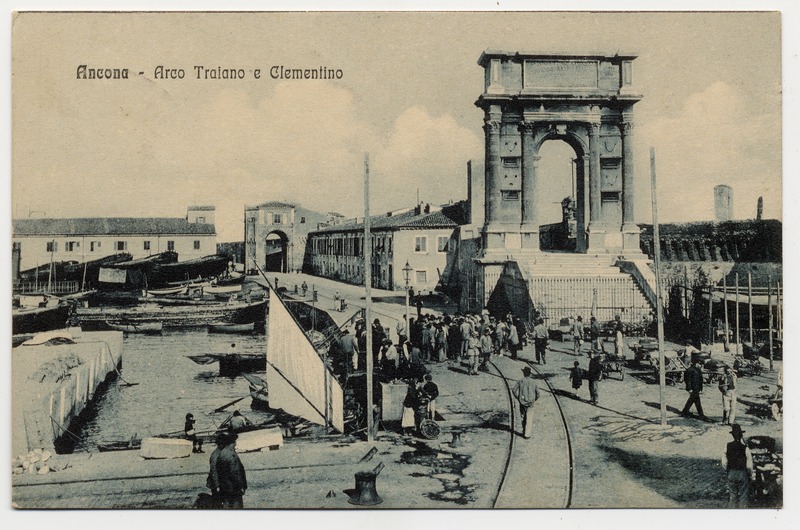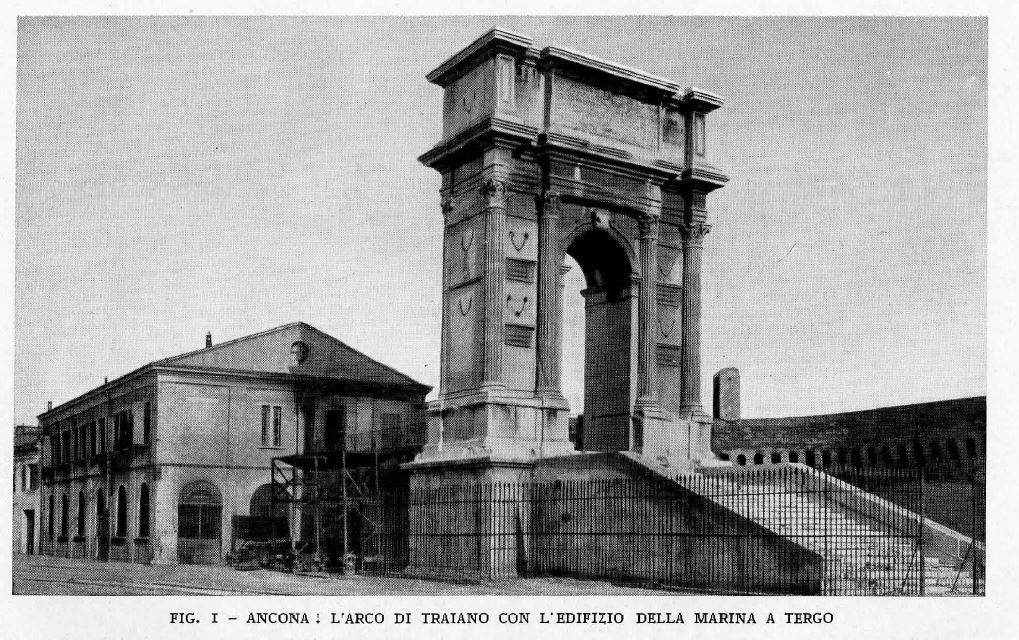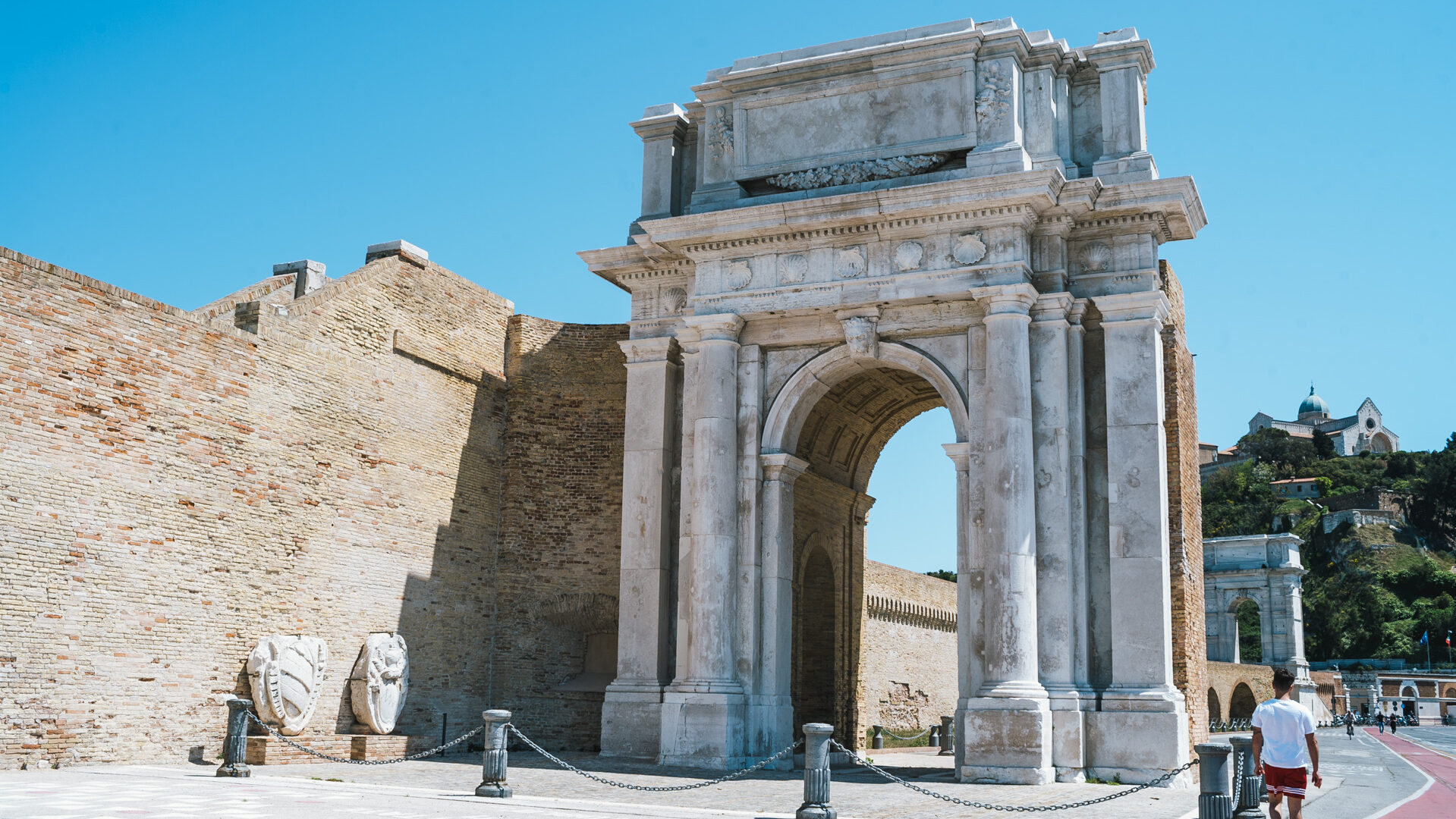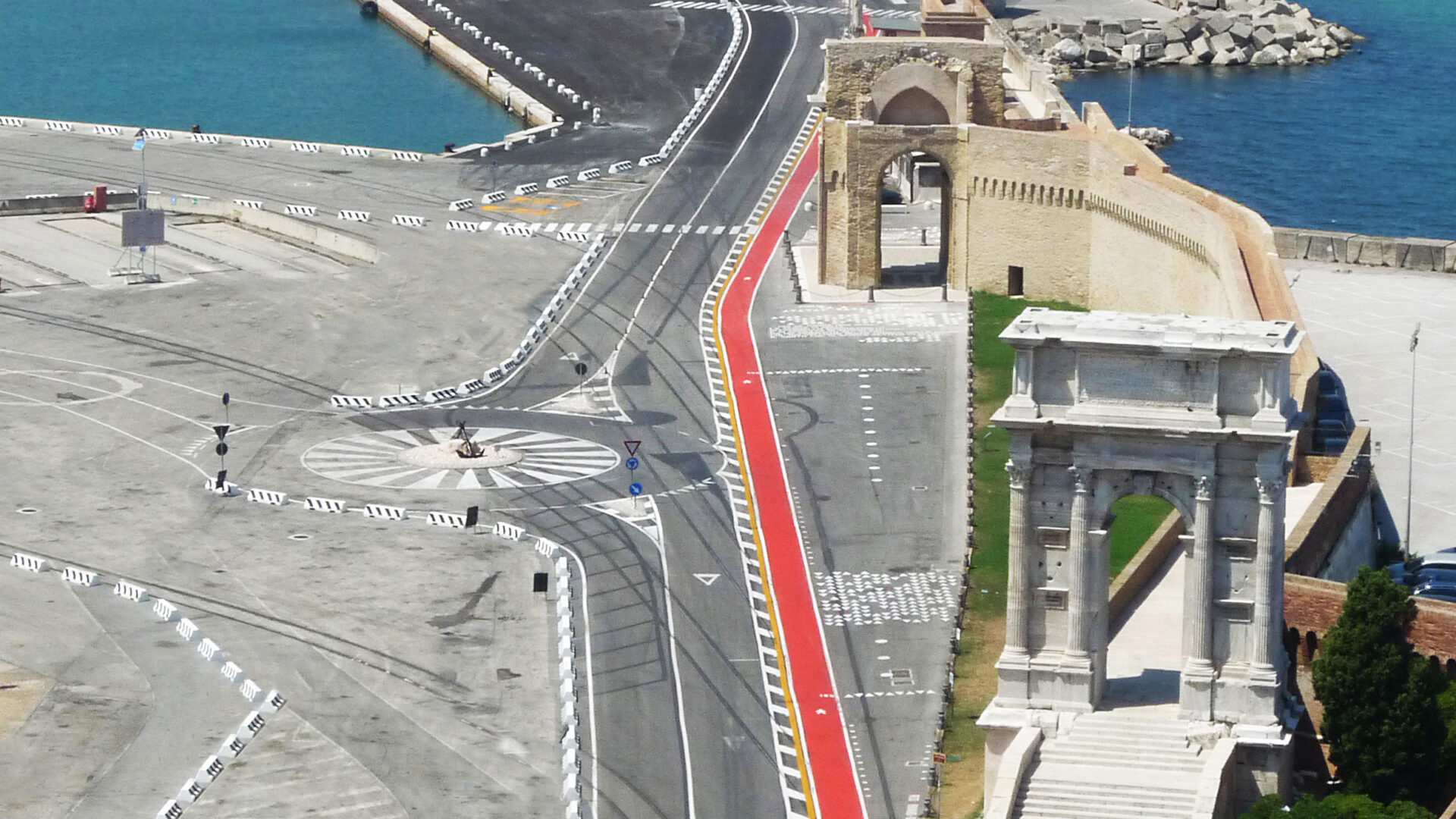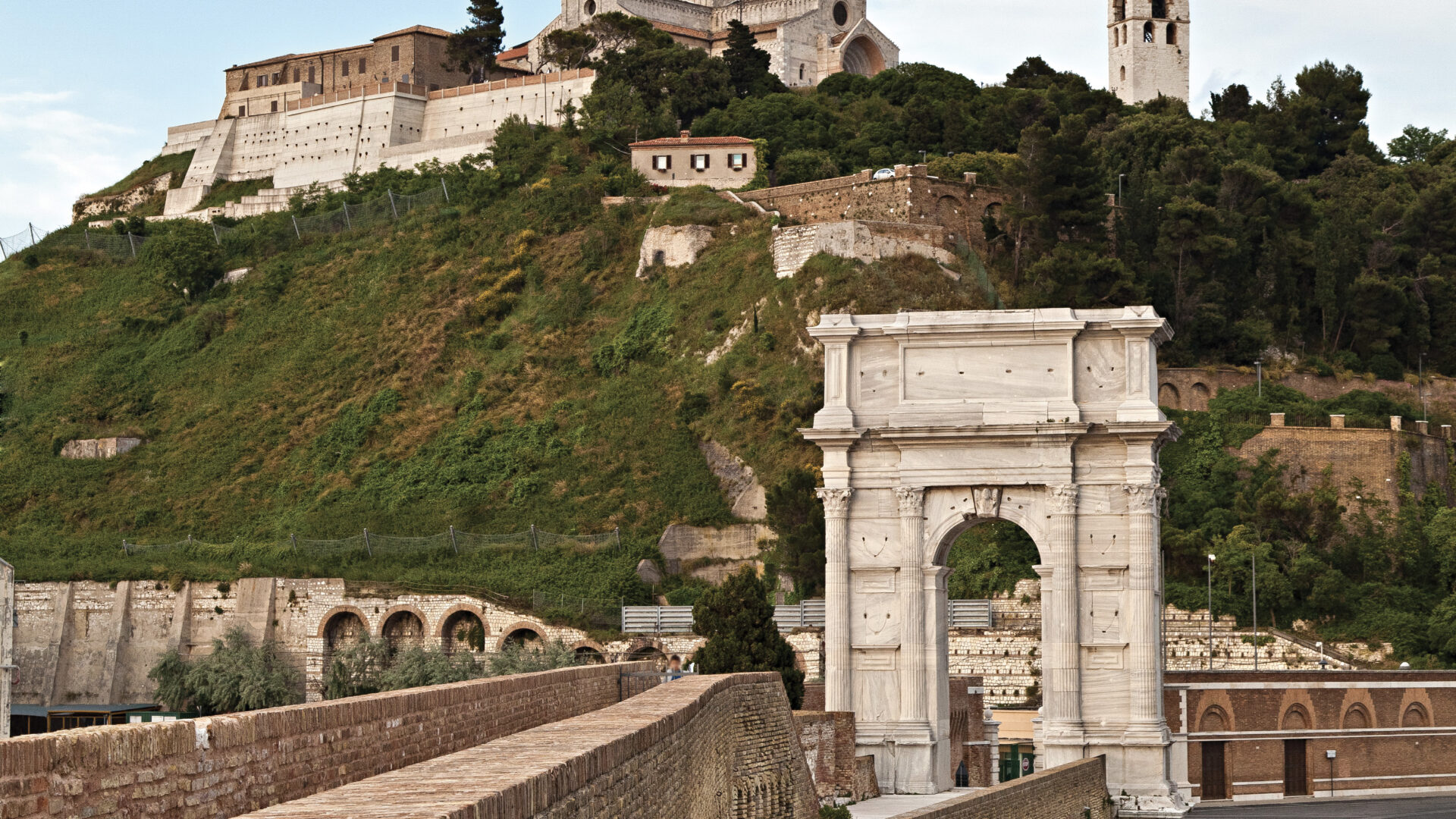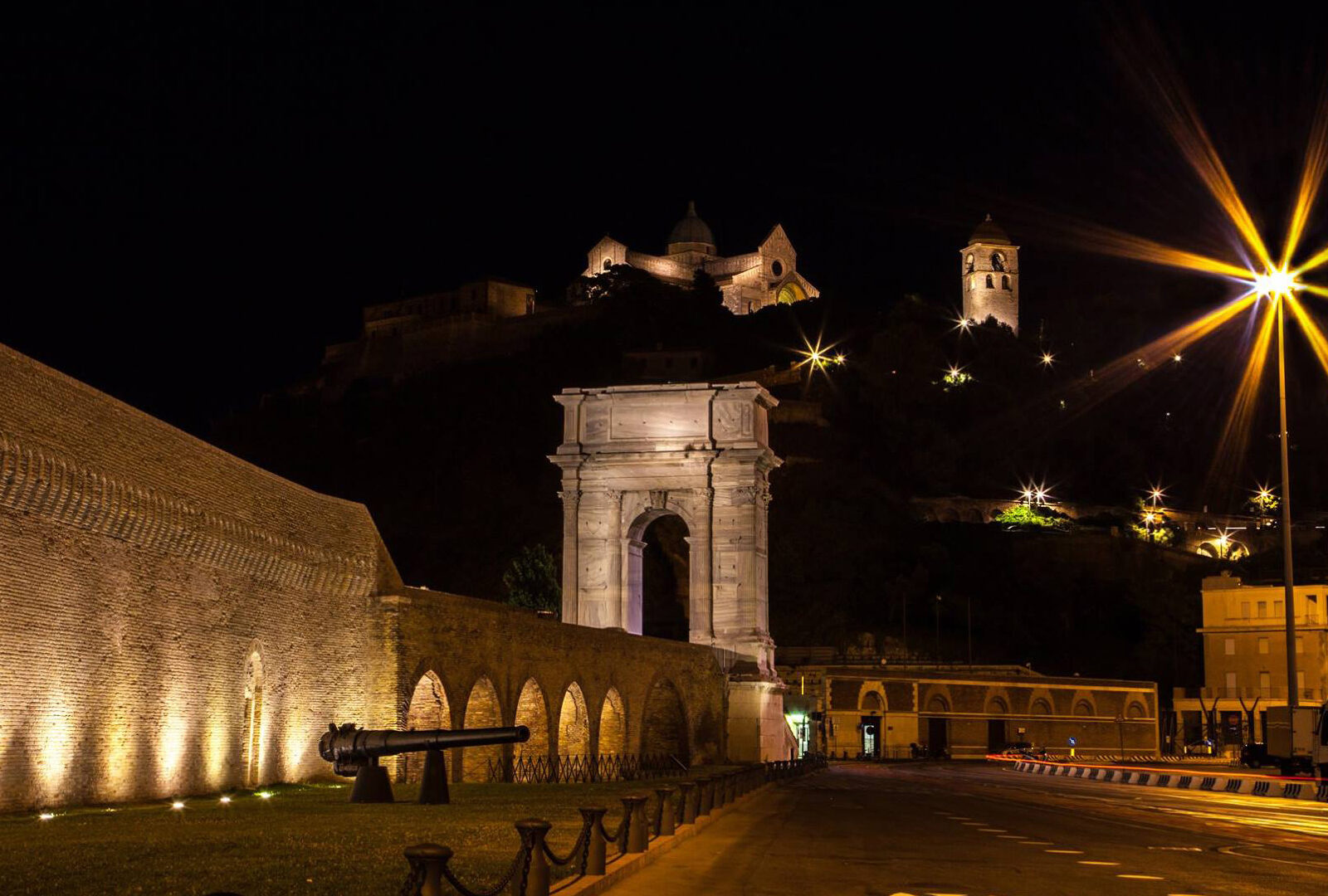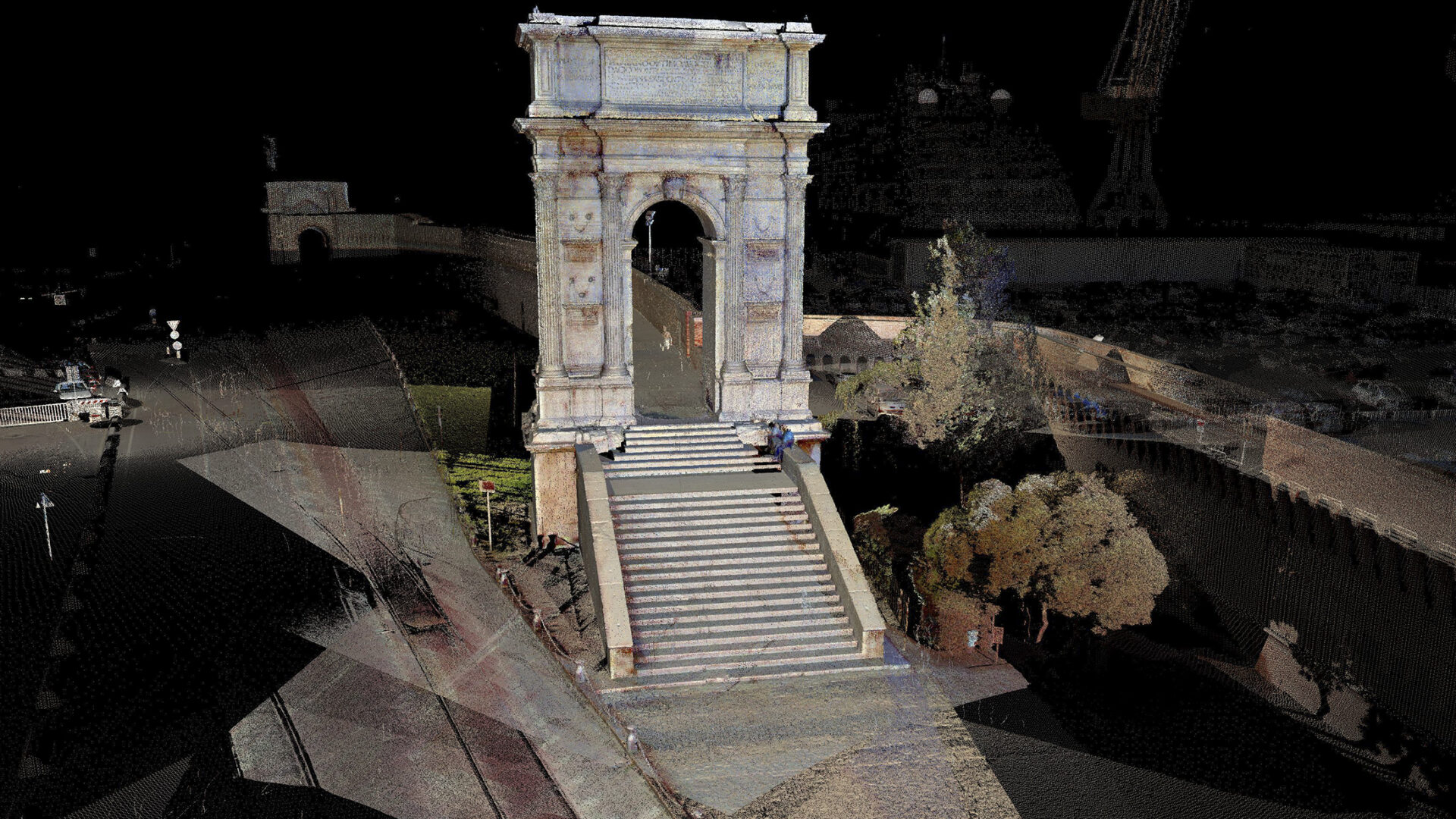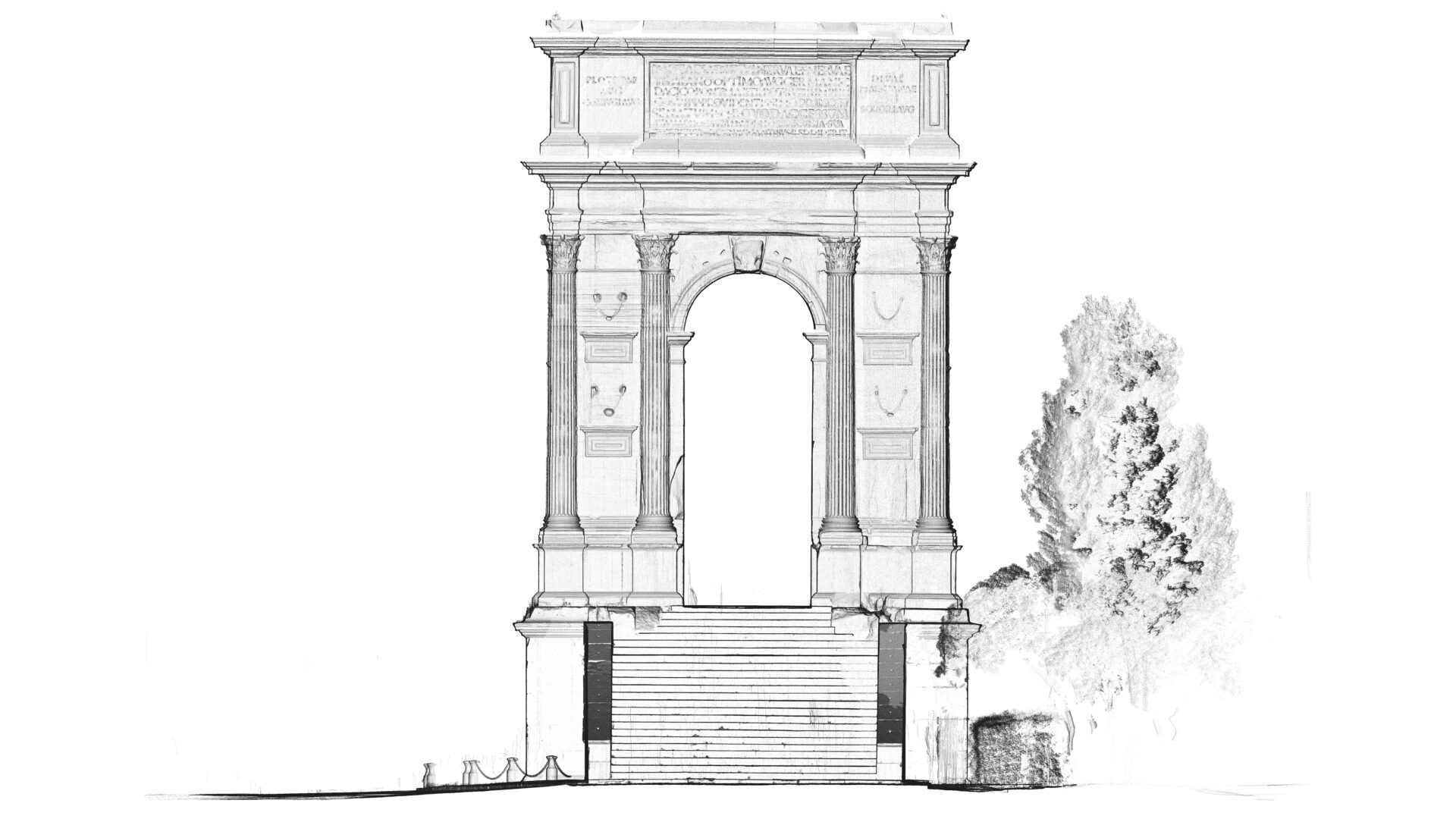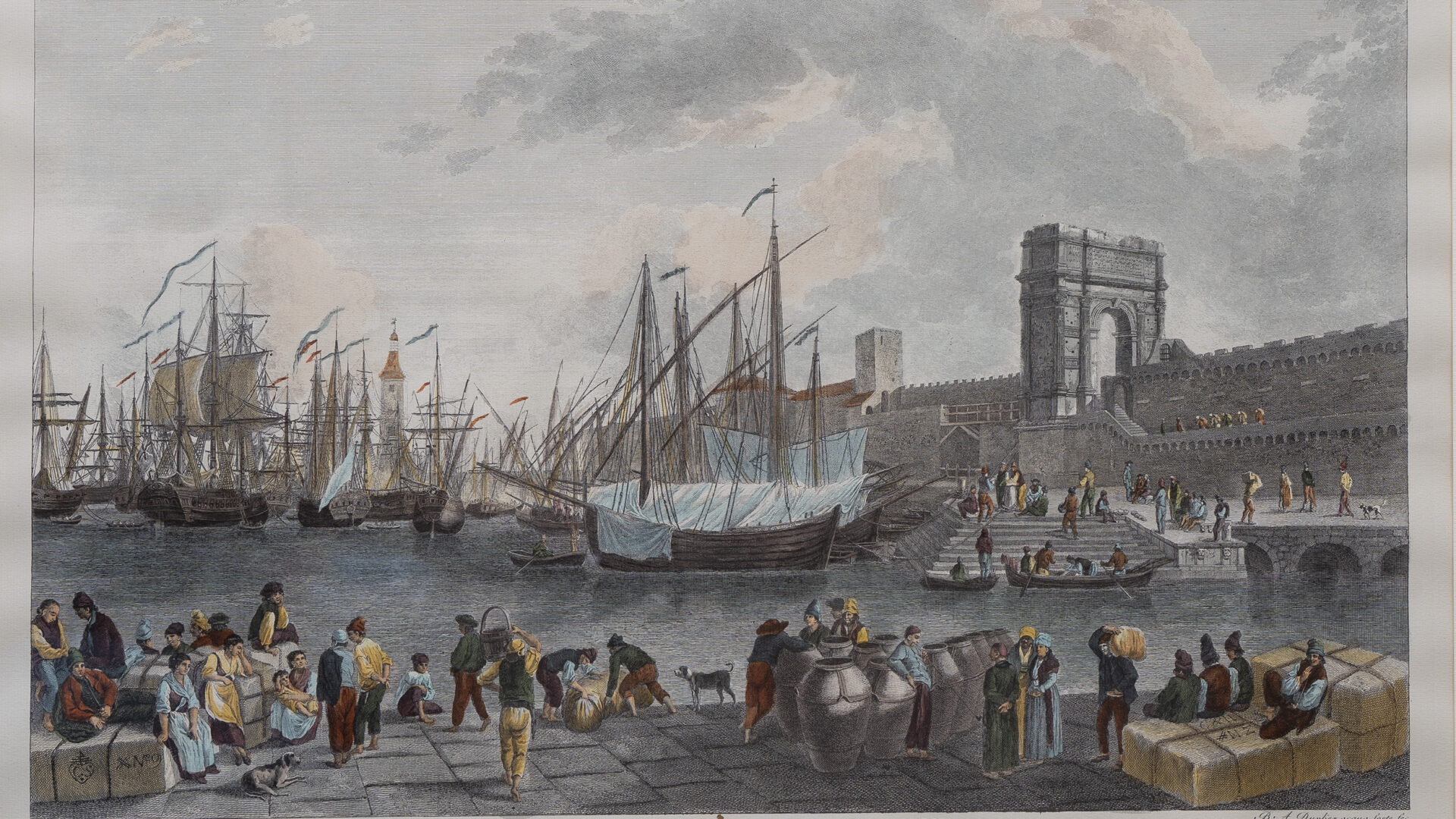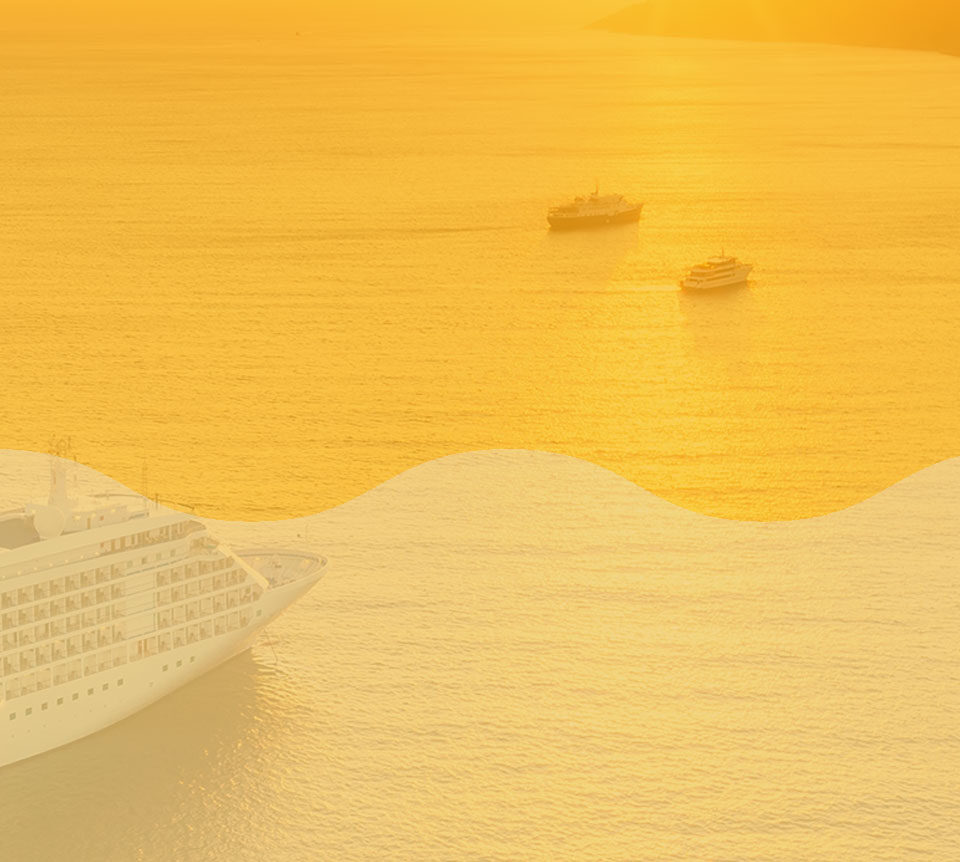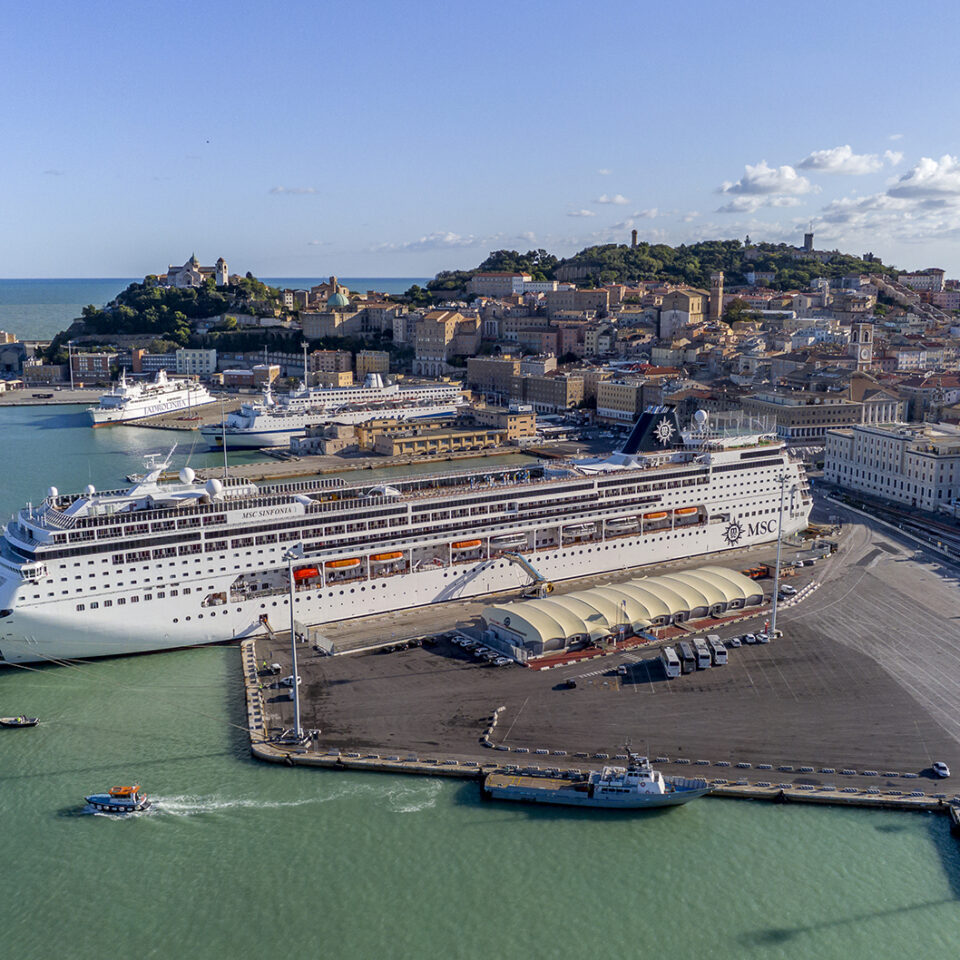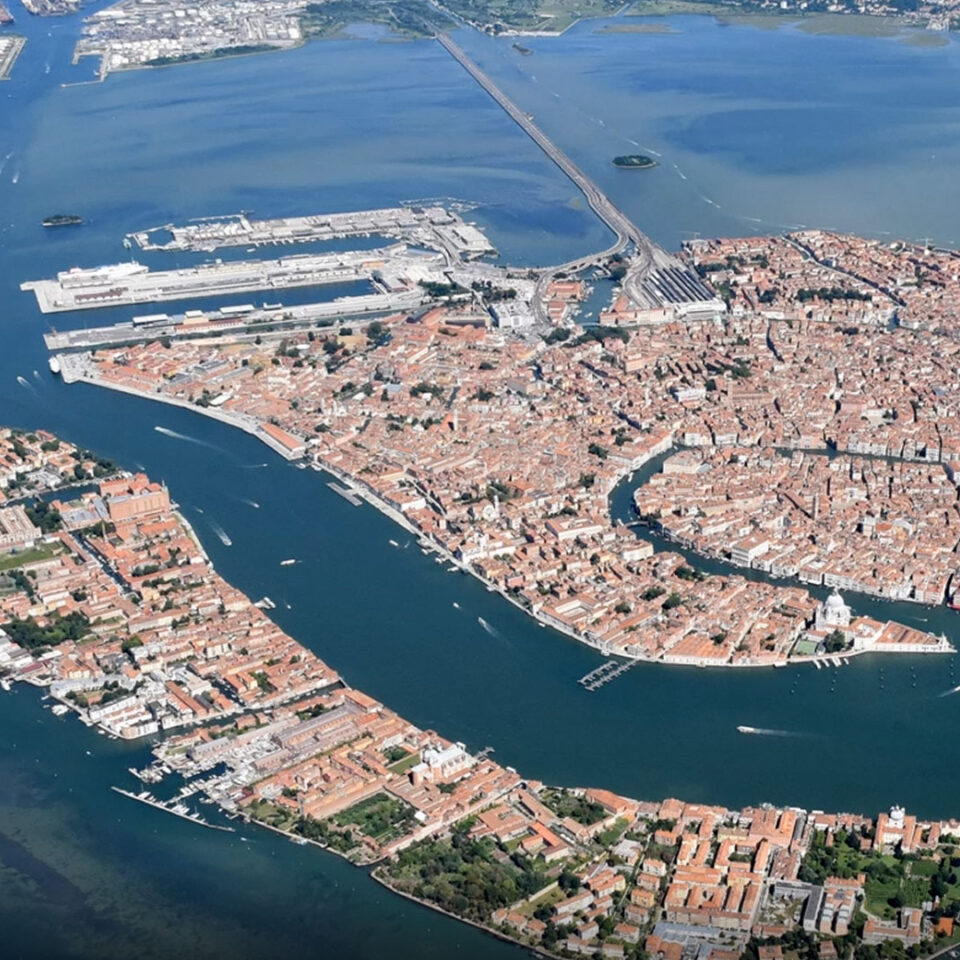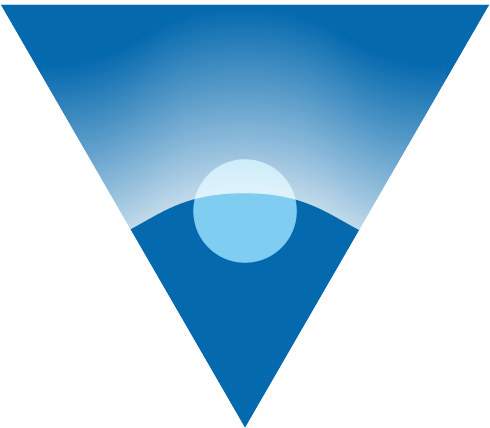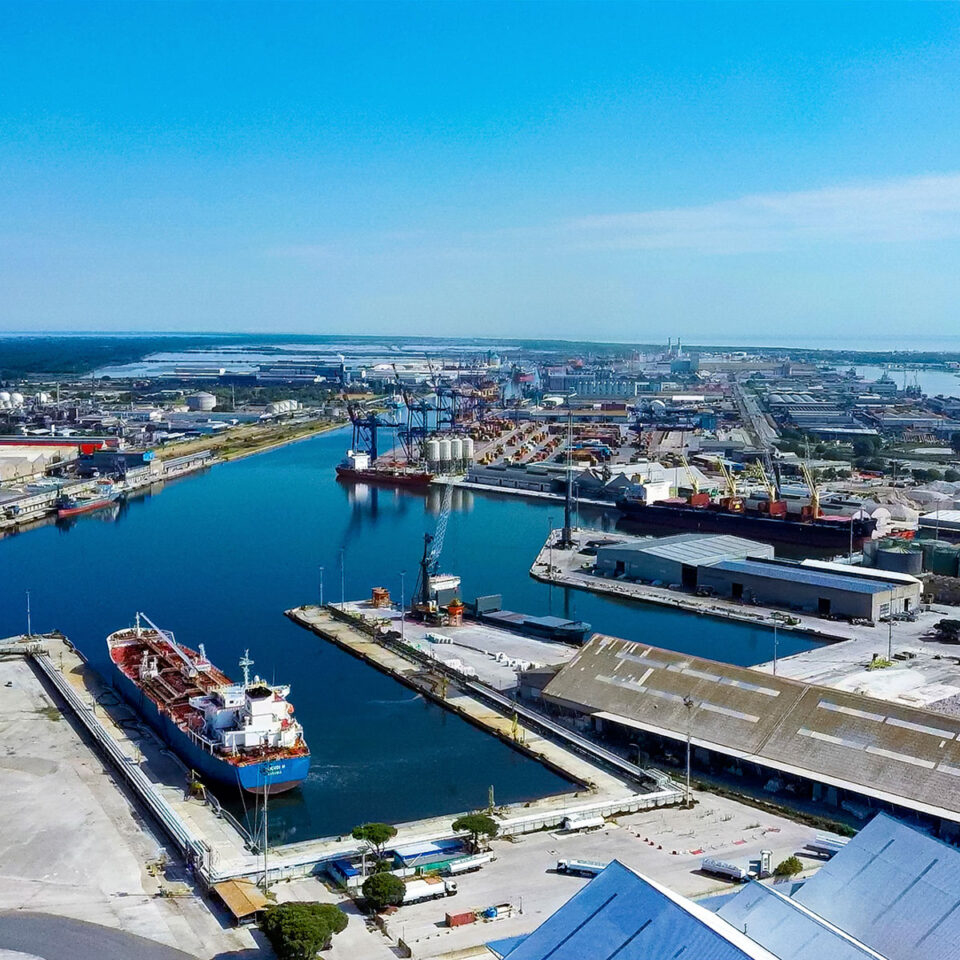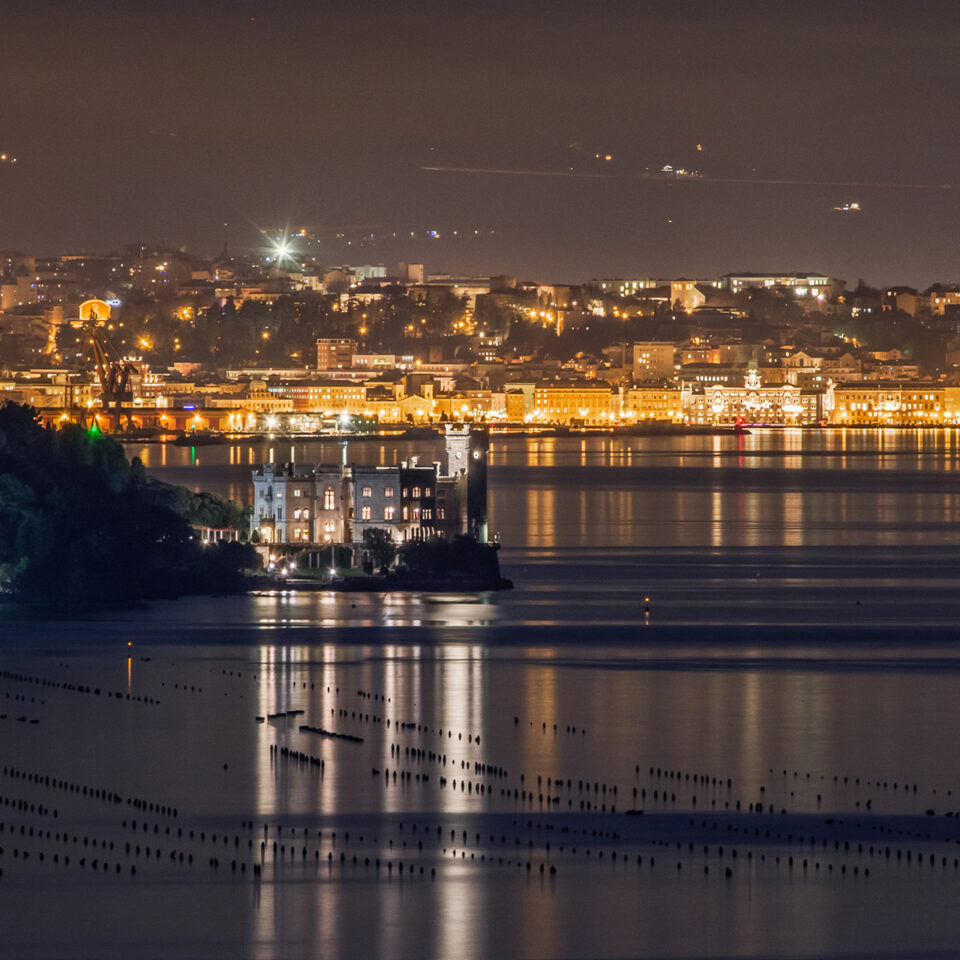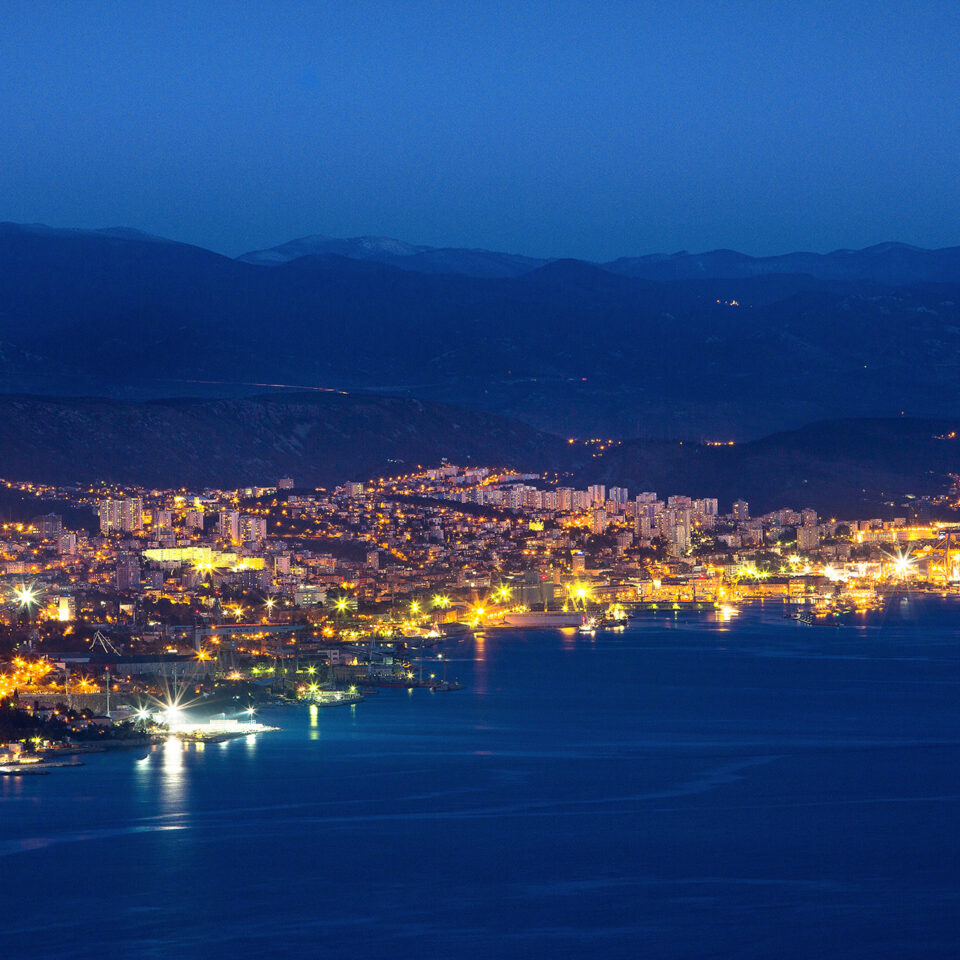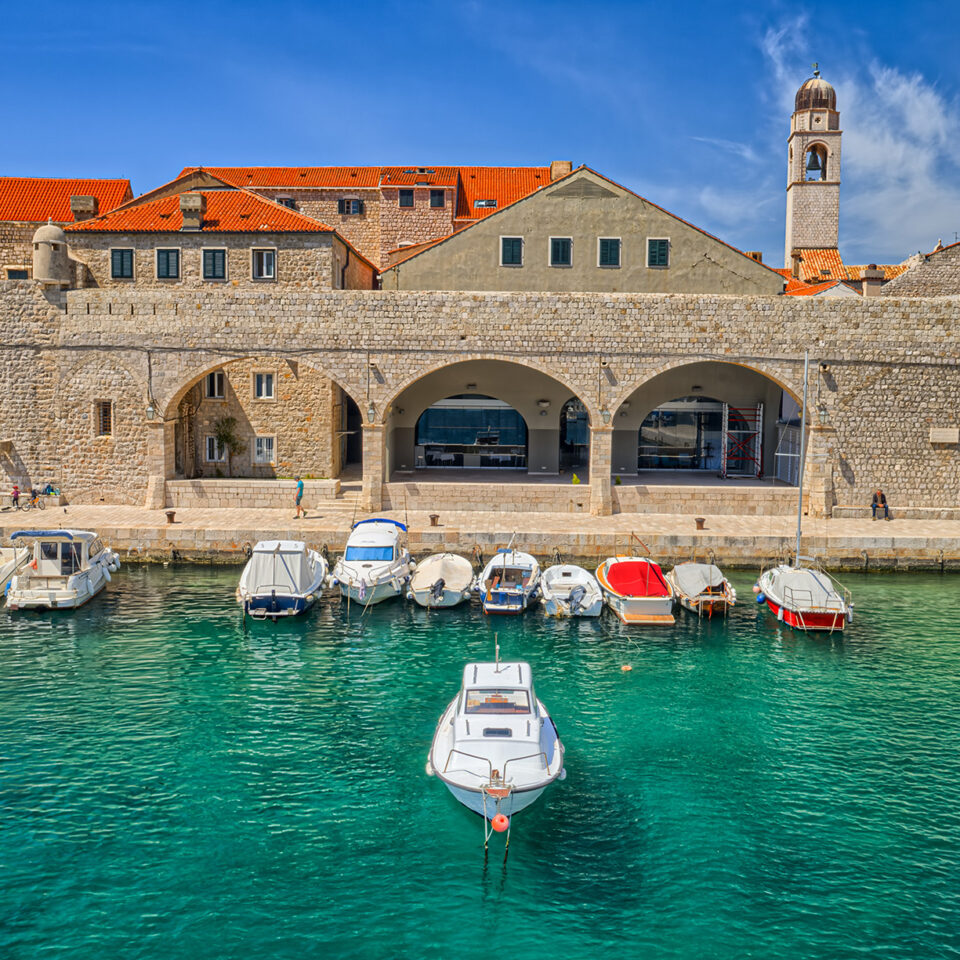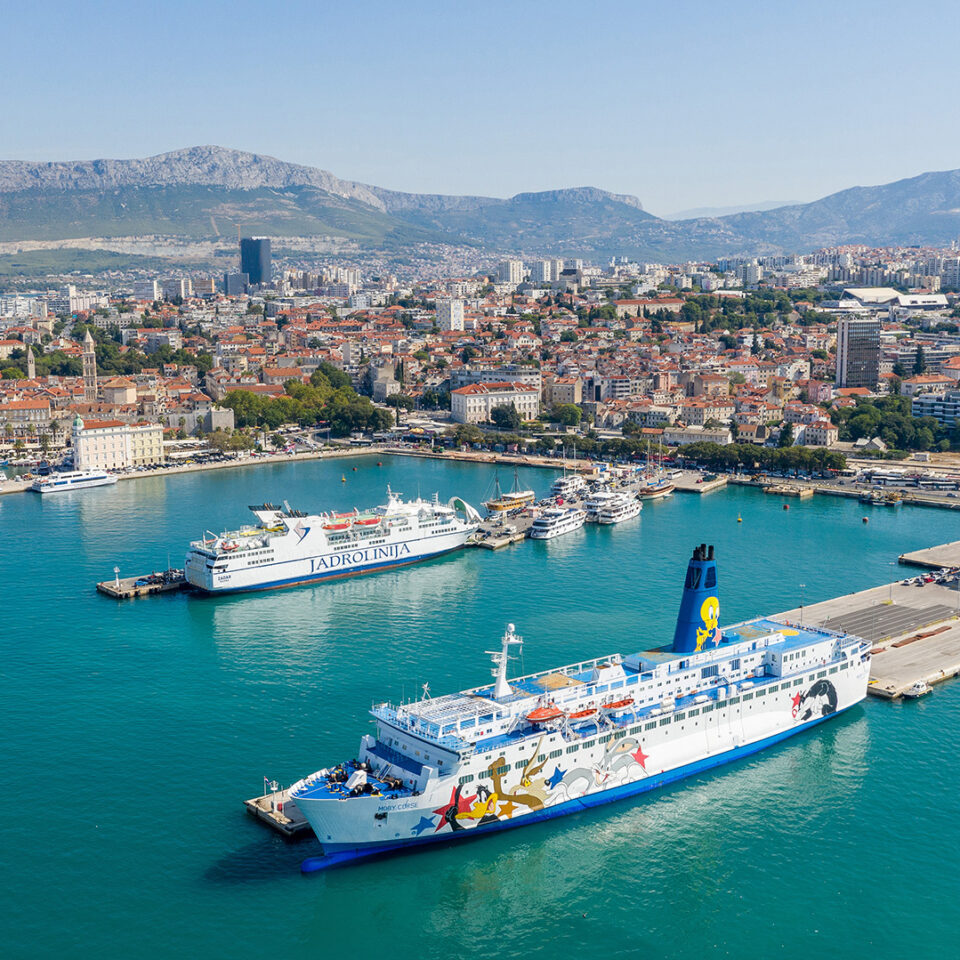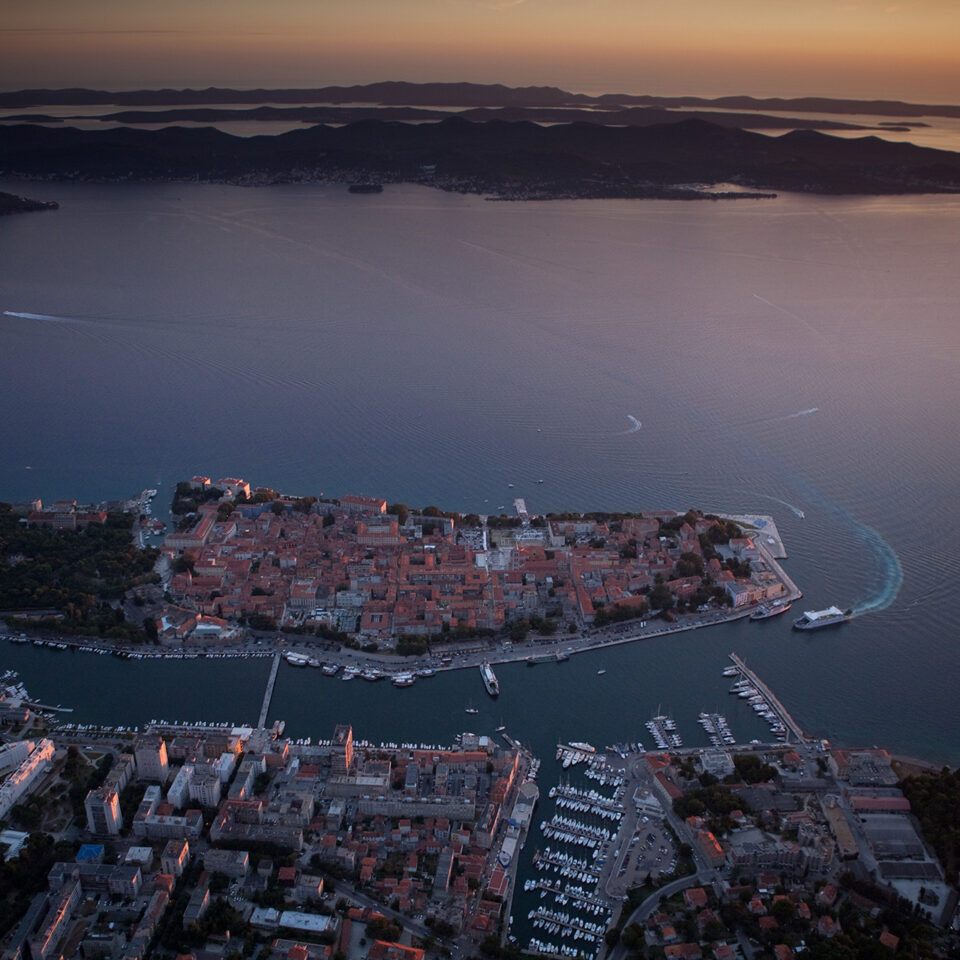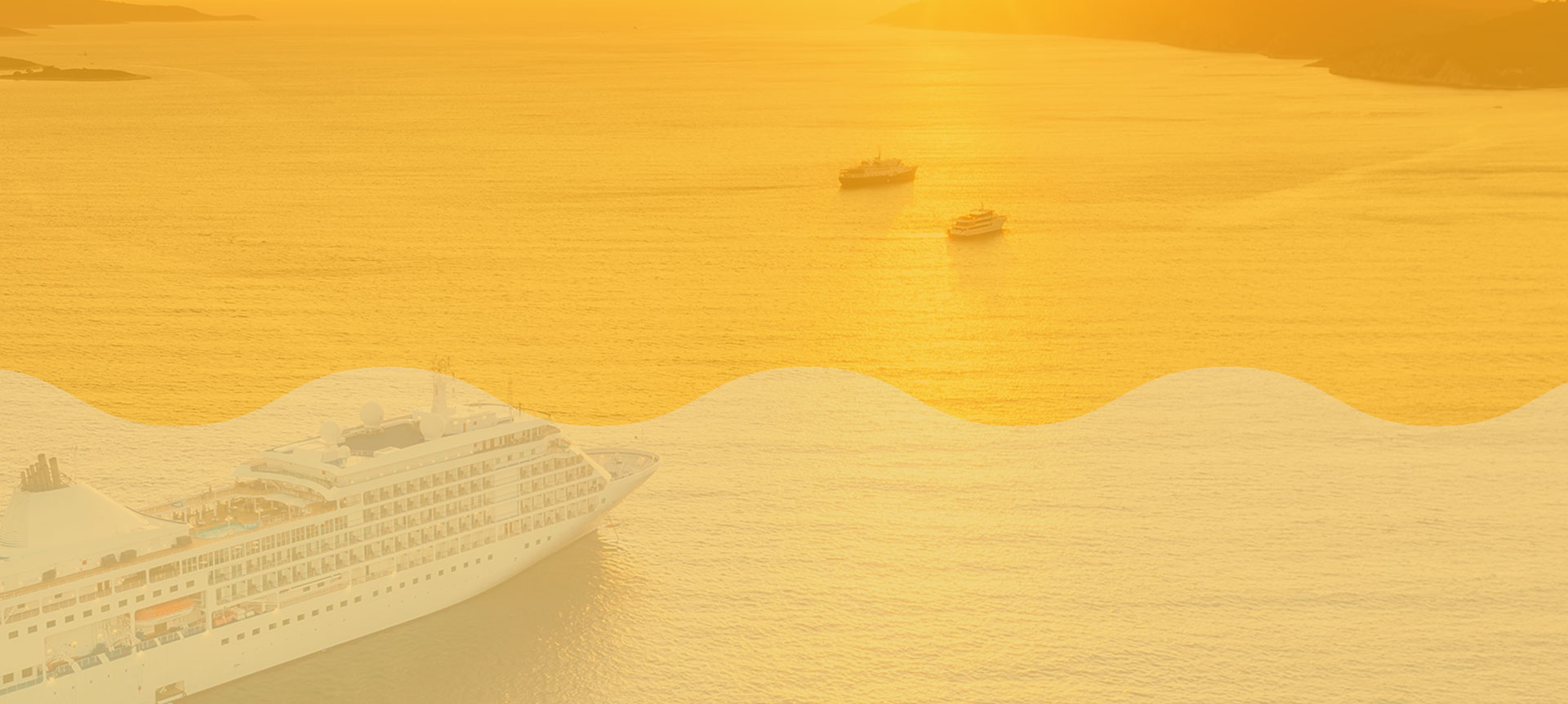


THE ARCH OF TRAJAN
The Arch of Trajan, an icon for travellers on their way in and out of the city, is among the most important Roman remains in the Marche region, one of the best-preserved monuments of this period in Italy, and one of the most iconic symbols of Ancona throughout the centuries – so much so that in the 18th century every ship captain coming into port had to disburse 60 baiocchi for its conservation. It was designed and built by Apollodorus of Damascus in 115 AD to honour the Emperor Trajan, to whom we owe the enlargement of the port of Ancona. With its white marble and its Corinthian columns, spectacular and majestic it reaches towards the sky, touches upon the wharves, leads our gaze along the ridge that marks the boundary with the historic arsenal, today a dockyard, and it stands out on the skyline alongside the massive red and white gantry crane that oversees the assembly and construction of the large cruise ships.
Above, imposing on its cliff, stands the Cathedral of St. Cyriacus, stretching between sky and sea, and nearby: the Roman amphitheatre, the Archaeological Museum, the Monte Cardeto Park; in the distance: the view of the city, with the façades of the historic buildings, the churches, and the Mole Vanvitelliana. The Arch of Trajan is the heart of the Old Port, a rare example of the monumental cohabitating with a work environment: seawards, on the wharf, stands the Arch of Clement, designed by Luigi Vanvitelli to celebrate Pope Clement XII, and landwards, at the foot of the cliff, behind the Captain’s House, there are the remains of the ancient Roman port, with a portion of the protective wall erected in the second century BC, as well as constructions from Trajan’s period, the second and third centuries AD. The defining character of the ancient port and its connections to the historic city centre determine our perception of the waterfront. Standing pure and undeniable against the sky, the Arch is a tribute to the eternal and mysterious relationship between land and sea. A warden who for thousands of years has overseen the comings and goings of the docking ferries and tug boats, welcoming and ushering, and of the land services; a beacon of urban light, a place of varied energies, of contemplation and wonder, standing watch over the seafront, and over the runners passing by. This artifact has been at the centre of thorough analyses and of descriptions resorting to a variety of languages – textual and photographic narratives, but also scientific studies employing the most sophisticated digital technologies. It is a greeting and a welcome to sailors.
A port of places, people, and work; a port of monuments and rituals, faces, stories, and tradition; a port of identities, languages, perspectives, and local memories. Commissioned by the Central Adriatic Port Authority, Gian Luca Favetto (Turin, 1957), Italian poet, journalist, writer, and playwright, offers us an author’s view of the Doric port. He writes for the newspaper Repubblica and is a longstanding voice of Radio Rai. He is the creator of the project Interferenze fra le città e gli uomini. Among his most celebrated works: Se dico radici dico storie, the poem collection Mappamondi e corsari, the audiobook I nomi fanno il mondo, the novel La vita non fa rumore, and the short story Un’estrema solitudine.
Text: Cristiana Colli
ARCH OF TRAJAN
by Gian Luca Favetto
Its virtue: reaching for the sky. It’s more of a transition, a passageway rather than an architectural structure – standing there, a little to a side, watching the comings and goings. If you look through it, you can go from sea to mountain and then back: this is how Wharf 22 communes with Colle Guasco, how the waves and the journeys become one with the waiting and the reflecting.
This Arch is a continuation, a movement rather than a monument, standing motionless between the pages of the port, marking its time – not ours – with solemn stubbornness. Conversely, the elegance and lightness of its Corinthian columns, its proportions and its colour, the shiny white marble reminiscent of soap bubbles, air, imagination, mark it as our contemporary. It travelled the centuries, conversing with the sea, remaining in step with the times – with the single times, as well as the different epochs. In fact, it marked the time, as only a metronome can do.
It possesses the grace of a masterpiece, and it does not look like it was composed, erected by putting together different pieces, but rather it has a semblance of singularity. As if a sole hand carved it out of one, huge block of marble. It was the illustrious Apollodorus who designed it at the beginning of the second century AD, in the city’s era of greatest splendour, when it was part the Roman Empire.
Apollodorus of Damascus was Trajan’s number one architect, designing and building forums, ports, bridges, arches, and columns for him. His works marked an entire historical period, until he fell into disfavour with Hadrian, Trajan’s successor. According to Cassius Dio’s attestation and Marguerite Yourcenar’s recounting, the new emperor said of him, “He was capable of artfully arranging marble blocks, but he knew nothing of the facts of men.” And finally, when the old architect sided with the dissenters scheming in the shadows, the Emperor ordered his assassination.
The Arch marks the spot whence Emperor Trajan, who had expanded and strengthened the port of Ancona at his own expense, rendering it a safe trading hub, set off on March 25, 101 AD on his victorious campaign against the Dacians, the peoples who lived in the lands beyond the Adriatic sea, beyond the Danube, where today lie the countries of Romania and Moldova.
Originally the Arch was decorated and protected by six bronze statues: three looking out to sea, and three facing inland. The latter three were portraits of the Emperor Trajan, of his wife Plotina, and of his sister Ulpia Marciana. On the other side, their gazes fixed on the waves in the hopes of controlling and taming them, were three gods: at the centre, Neptune, god of the sea, clutching his trident; flanking him, Portunus, the god of ports and of doors, holding a set of keys, and Mercury, wing-footed messenger of the gods, protector of trade and travellers, not to mention thieves and eloquence – the art of effective speaking, of producing beauty using words, the talent for storytelling.
A symbol of memory, the Arch – non longer Trajan’s but Ancona’s – is still an opening where past and present can enter into a dialogue. And speak of the future.

